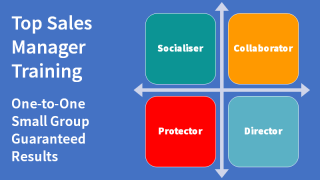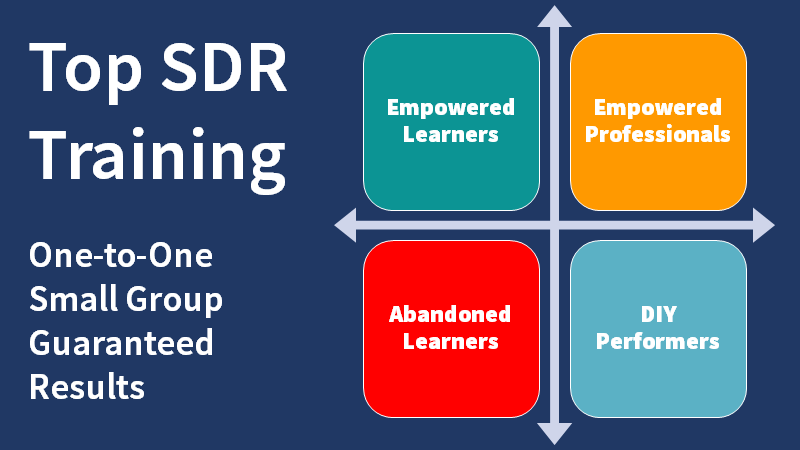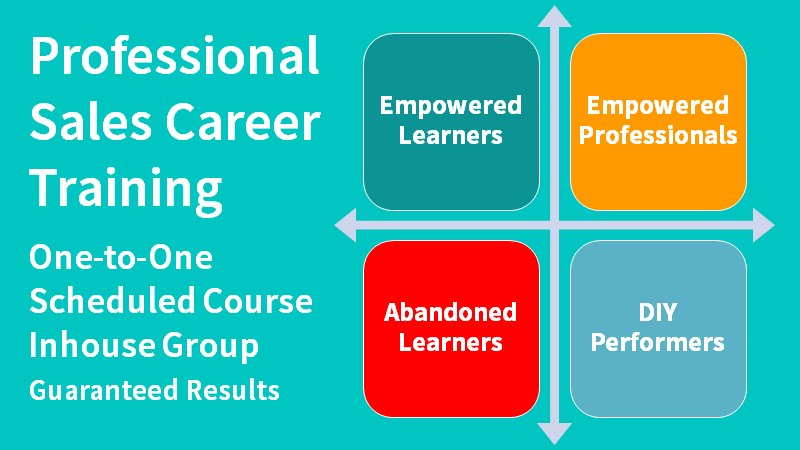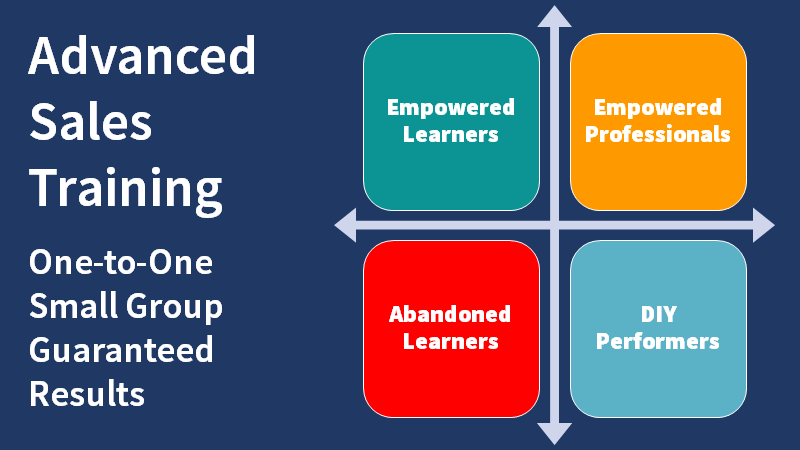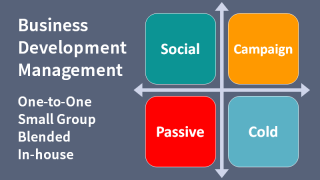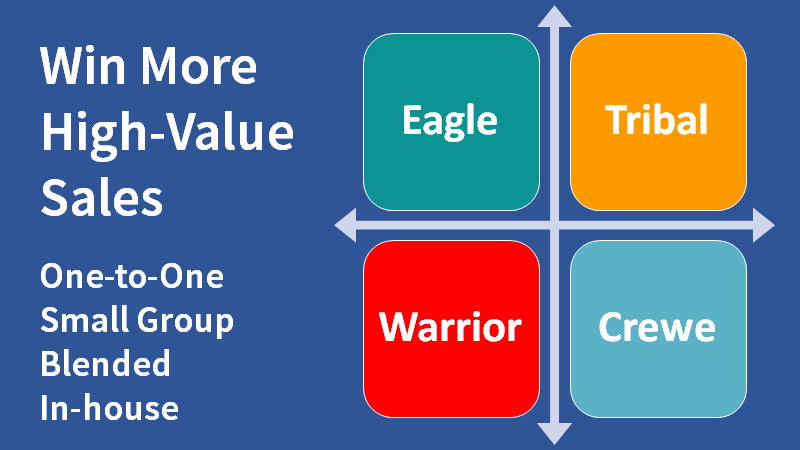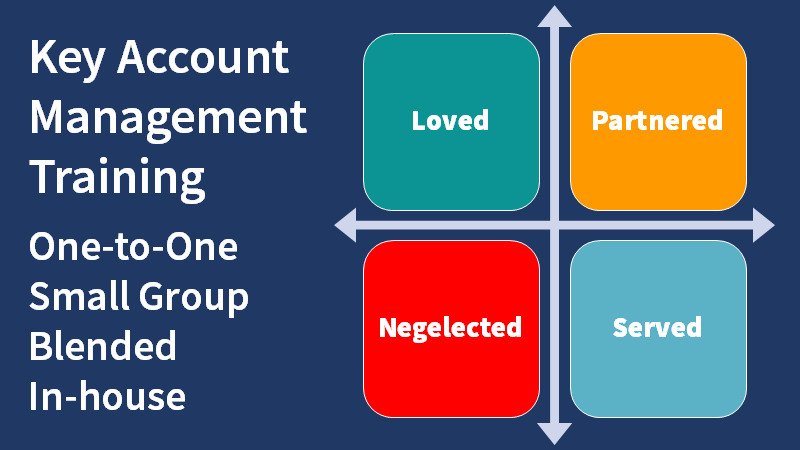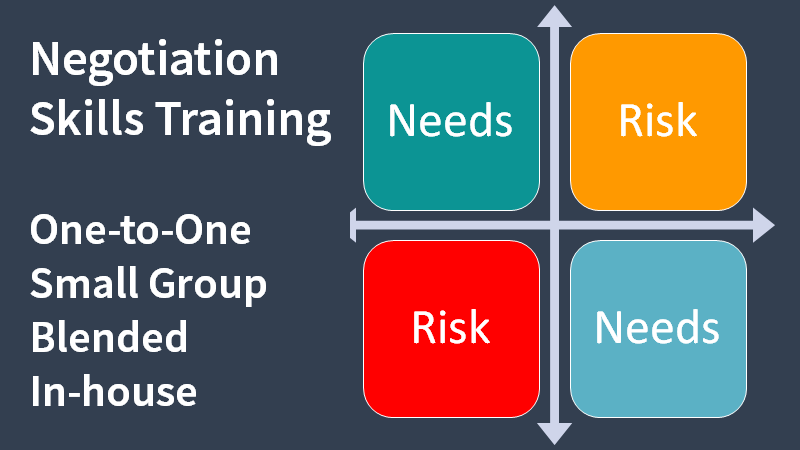Teach yourself how to conduct buying negotiations.
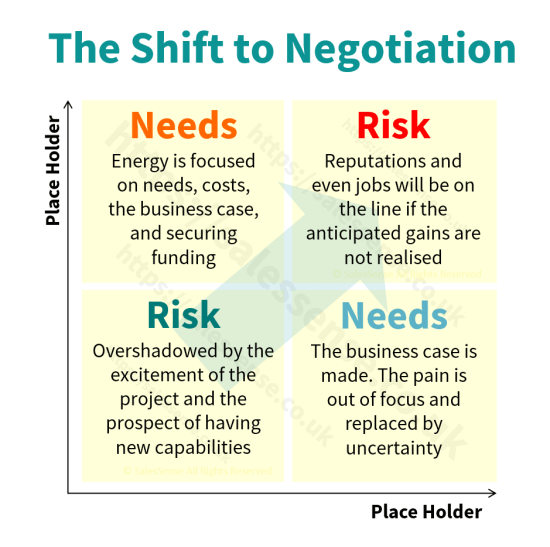
On Wednesday, April 1st, 2020, we began delivering a free B2B sales training course via bite-sized posts on the SalesSense LinkedIn company page. This page presents the posts in part thirteen - conducting buying negotiations.
Follow the links below to study the course.
Return to the course contents page.
In Person Couse Delivery
Have the course content delivered in part or in full, for individuals or groups in sessions led by the course author.
Online Group Training Session - £250 plus VAT. Learn more.
One-to-One Coaching Session - £150 plus VAT. Learn more.
Part Thirteen - Conducting Buying Negotiations
Conducting a buying negotiation - overview. 13.0
Recognising the transition to a buying negotiation. 13.1
Negotiation transition signals and what to do about them. 13.11
Negotiation case study - secrets and lies. 13.2
Negotiation case study - the buyer's perspective. 13.21
Car sale negotiation exercise outcomes. 13.22
Car sale negotiation paradigm - combat or collaboration? 13.23
Negotiation tricks and ploys. 13.24
Negotiation tricks and ploys that I have experienced. 13.25
Negotiation tricks and ploys - a universal counter ploy. 13.251
Negotiation tricks and ploys - the provisional agreement. 13.252
Negotiation tricks and ploys - the ridiculous offer. 13.253
Negotiation tricks and ploys - either or. 13.254
Negotiation tricks and ploys - intimidation. 13.255
Negotiation tricks and ploys - deadlines, delays, and 11th-hour crisis. 13.256
Negotiation tricks and ploys - amnesia. 13.257
Negotiation tricks and ploys - undermining your value. 13.258
Negotiation tricks and ploys - abuse. 13.259
Negotiation tricks and ploys - inflated requirements or quantities. 13.2510
Negotiation tricks and ploys - silence. 13.2511
Negotiation tricks and ploys - nibbling. 13.2512
Reasons to avoid using tricks and ploys. 13.31
Negotiation preparation - value margin. 13.32
Negotiation preparation - critical information. 13.33
A formula for effective negotiations. 13.34
The manner of negotiation exchange. 13.4
The best approach to negotiation exchange. 13.41
How to get your questions answered in a negotiation. 13.5
How to get your questions answered in a negotiation through WIIFT. 13.51
How to prioritise the other side's needs in a negotiation. 13.52
When and how to manage the process of exchange in a negotiation. 13.53
How to influence the other side in a negotiation - listening skills. 13.6
How to influence the other side in a negotiation - listening with eyes. 13.61
How to influence the other side in a negotiation - habit five. 13.62
Influence others in a negotiation through reflection, paraphrasing, and testing questions. 13.63
Positive and negative behaviours in a negotiation. 13.64
How to influence the other side in a negotiation - rule of three. 13.65
Breaking impasse in a negotiation - problem-solving. 13.7
Breaking impasse in a negotiation - creativity. 13.71
Breaking impasse in a negotiation - consolidation. 13.72
Conducting a buying negotiation - summary. 13.8
Explore, Create, Reflect, and Connect
The "Explore, Create, Reflect, and Connect" method is an innovative guide for self-led learning designed to engage learners in a deeply personal and effective learning journey. It starts with Exploration, where learners use curiosity mapping to visually organise their interests and gather diverse resources to cover both breadth and depth of knowledge.
In the Creation phase, learners apply their knowledge practically through projects and reinforce their understanding by teaching others, thereby deepening their comprehension and retention.
Reflection involves maintaining a learning diary and practising mindful meditation to consolidate information and enhance understanding.
Finally, Connection encourages participation in learning communities and collaborative projects to gain new perspectives and foster innovative ideas.
Tools like Trello or Notion help in organising, while platforms like Coursera and YouTube offer educational content.
Regular self-assessment and feedback from peers or mentors are crucial for adjusting learning paths and methods.
This flexible approach makes learning more interactive and enjoyable, promotes continuous personal growth, and encourages the practical application of knowledge.
If you need to get better results from buying negotiations or improve your negotiation skills, we can help. Call +44 (0)1392 851500 or email jimm@salessense.co.uk for details.



